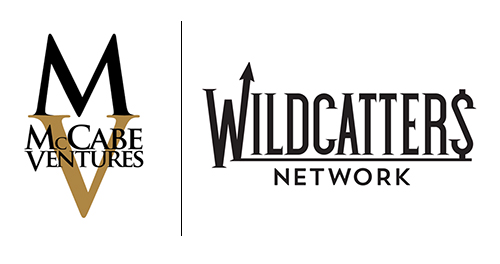While there is still some debate, many scholars trace the origins of the formal stock exchange as we know it today (a facility where brokers can buy and sell shares of companies), all the way back to the Dutch East India Company in the early 1600s.
Fast forward 400 years later and there are basically four main ways to purchase stock in the United States. Sure, there are fund exchanges and regional exchanges, but the foremost exchanges and markets are the New York Stock Exchange (NYSE), the NASDAQ Stock Market (NASDAQ), Over-the-Counter (OTC) markets, and the Pink Sheets.
The New York Stock Exchange – The world’s largest stock exchange, located on Wall Street in New York City. When you see on the news or in movies where people in suits are on “the trading floor” waving tickets and ringing bells and shouting… that’s the New York Stock Exchange. The biggest companies in America are listed on the NYSE, such as Bank of America, General Electric, and Exxon. They are generally considered to be less volatile than stocks listed on the NASDAQ.
The NASDAQ Stock Market – The second largest stock exchange in the world, behind only the NYSE, does not have a physical location, but is rather a computerized telecommunications network. The NASDAQ is typically known as a tech market and generally the companies listed are considered more volatile and growth oriented. Tech giants like Apple, Microsoft, and Intel are listed on NASDAQ.*
Over-the-Counter Markets – Also known as off-exchange, is the trading of securities between two parties without the supervision of an exchange, but still have certain reporting requirements with the SEC. Companies trade over-the-counter for many reasons, such as they might not meet the strict listing requirements of the two larger exchanges or they might have been delisted from a larger exchange for any number of reasons. They might just be too small. In fact, Wal-Mart began trading as OTC stock and eventually upgraded to listing on the NYSE in 1972.
Pink Sheets – While technically these stocks are also OTC, stocks traded on the “Pink Sheets” deserve their own designation because they have no financial standards or reporting requirements. Named for the color of paper they used to be printed on, companies trading on the Pink Sheets do not report to the SEC and disclose little to no information to their shareholders. Stocks that trade on the Pink Sheets or other OTC markets are considered to have the highest risk and are often called Penny Stocks because they trade for less than $1.
*It is important to note that the NASDAQ Stock Market is different than the NASDAQ Composite Index, which much like the Dow Jones Industrial Average is a composite of significant stocks that are meant to indicate how a segment of the market is performing. So when people say: “the Dow and NASDAQ are up today” they are referring to the market indexes, NOT the stock exchange. This is often the source of confusion.

